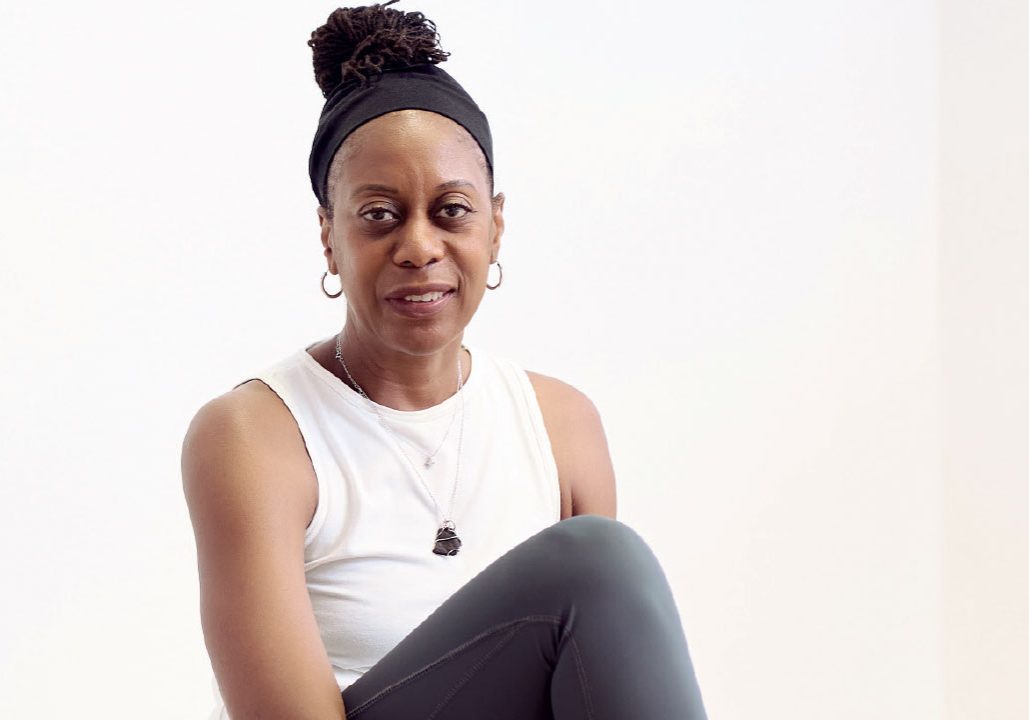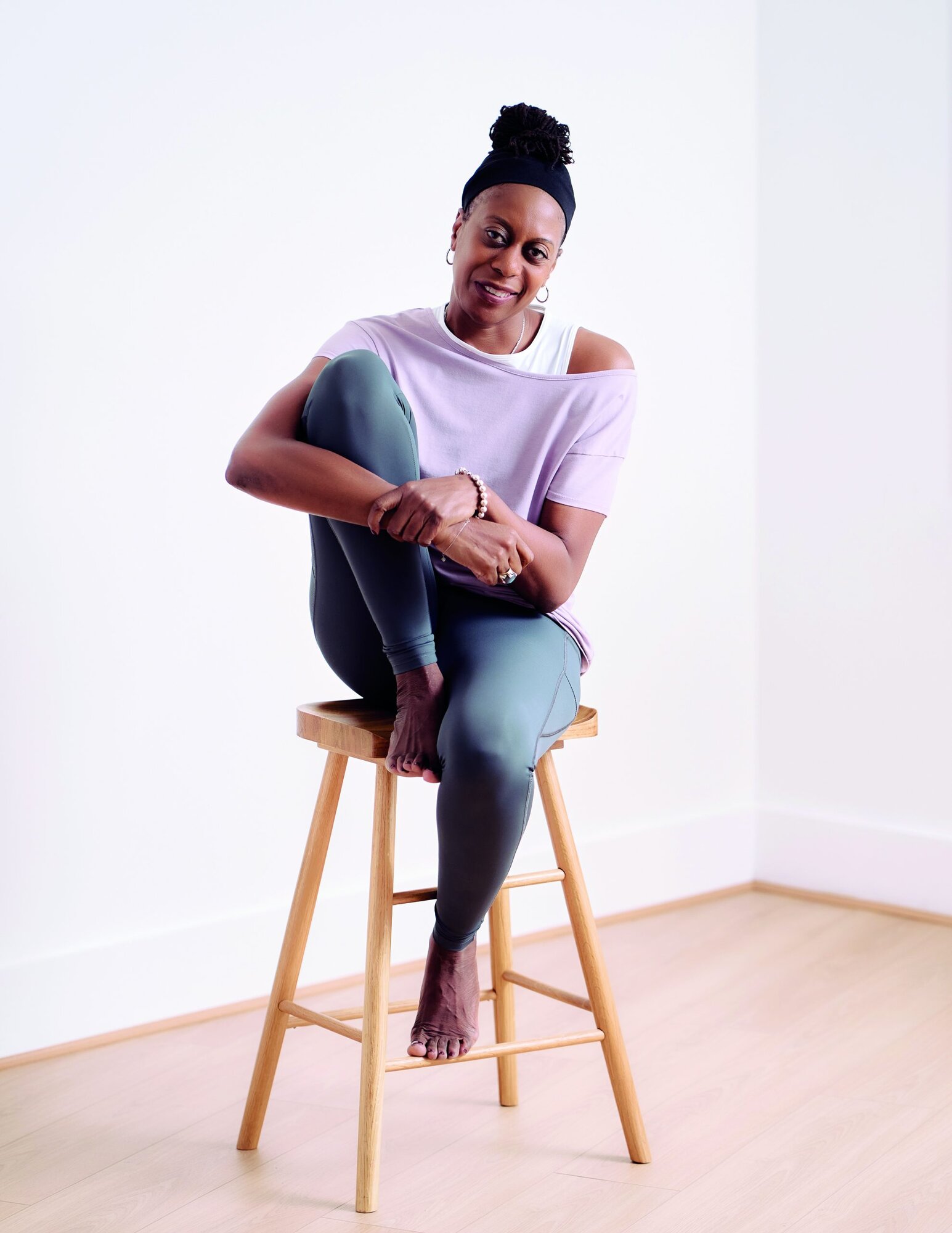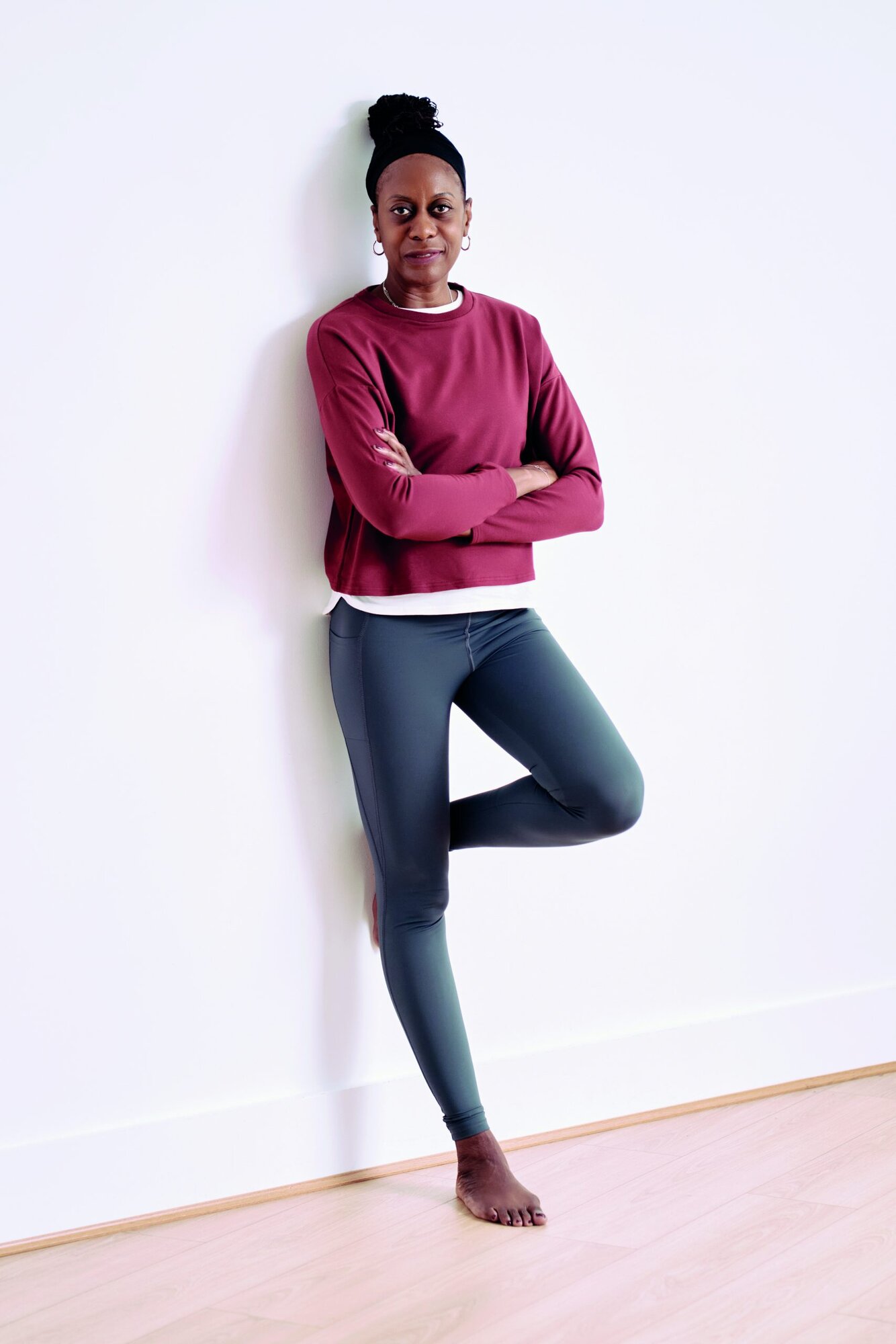
Time for change… five years on
Donna Noble explores how far diversity and inclusion have come in the yoga and wellness world in recent years, but says more work needs to be done
Reading time: 3 minutes
In 2020, I wrote about the urgent need for diversity and inclusion in the yoga and wellbeing industry. It was a moment of reckoning: the pandemic had exposed deep health inequalities, and the Black Lives Matter movement forced industries everywhere, including wellness, to face uncomfortable truths.
At that time, the urgency was impossible to ignore. Studios rushed to publish diversity statements. Yoga teacher trainings added inclusion modules. My inbox overflowed with requests for DEI and Body Positive Yoga workshops and trainings. There was a sense that, finally, after years of silence, change might be possible.
Five years later, I find myself asking again: what really changed?
In my 2020 article, I pointed out how black excellence in sport was only celebrated when it was ‘podium worthy’ — Serena Williams, Lewis Hamilton and Usain Bolt, global icons whose victories made headlines. But outside the stadium, in fitness studios and yoga spaces, black people were largely invisible.
Five years on, has that changed? In some ways, yes, there has been progress. There are more teachers of colour on festival line-ups and studio schedules than there were in 2020.
Representation matters. Without it, people don’t join in. And yet, despite progress, yoga still does not reflect the full diversity of society. The 2023 Yoga Alliance ‘Yoga in the World’ survey found that 71% of practitioners, 88% of teachers, and 85% of studio owners are white. Some 74% of practitioners are women. For an industry that claims to be ‘for all’, that’s not inclusivity. It is great to be able to attend an event on one hand and see greater diversity, but sadly, it is still often the case that I can be the only person of colour.
Sport England’s latest survey shows record numbers of adults are now active, but black, Asian and minority ethnic groups remain significantly less active than their white counterparts. The people who could benefit most are still being left out.
The stereotypes haven’t shifted much either. Search for ‘yoga teacher’ and the same image appears: slim, white, flexible bodies as the supposed ideal.

Meanwhile, inclusivity has too often been reduced to virtue signalling, a poster, a hashtag, or a one-off event designed to look inclusive. Studios say ‘yoga for all’ or ‘everybody welcome’, but the lived reality doesn’t always match. The real question is: what lessons have studio owners and those in leadership positions actually learnt? How much have you learnt about being an ally? How much of an anti-racist are you really? Did you really do the work? The current narrative diversity speaks for itself.
In many cases, inclusivity has been reduced to size diversity alone. That matters and is important; it was one of the reasons I created Curvesomeyoga — but it is not enough. True inclusivity must be the full breadth of diversity; otherwise, exclusion continues under a new name.
Where I see genuine inclusivity most often is in grassroots spaces. Some larger studios have begun to address this by collaborating with black yoga teachers, who bring their communities with them and open access to those studios. This should be the norm, not the exception.
I now teach GP referral classes, and these are some of the most diverse I’ve ever taught. Without advertising, yoga is available to communities that need it the most — people recovering from strokes, cancer, and injuries, or simply wanting to feel healthier. They come as they are, and yoga meets them there. They don’t care how yoga looks, only how it makes them feel practicing on a mat or chair, followed by Aqua Yoga. That, to me, is what ‘yoga for everybody’ really means.

When the pandemic first pushed yoga online, it was new territory. Five years on, it’s established but feels overcrowded. Somatic, trauma-informed, even breathwork are being rebranded as if they are new, when they’ve always been grounded in the principles of yoga. Just as meditation was rebranded as ‘mindfulness’.
We don’t need more trends; we need more inclusion. Communities are still waiting for these practices, but instead of reaching them, we keep chasing an already saturated and shrinking market where we have the potential to increase it.
I’ve also experienced allyship. Jackie Childs, a teacher I respect, was offered a class for a group of Afro-Caribbean retirees. She considered that someone sharing the group’s culture and heritage could build a deeper connection. She passed the opportunity to me – for which I am so grateful. Allyship is not a slogan, it’s an action: knowing when to step aside, when to share power, and when to use your privilege to create space for others.
I’ve continued to build alternatives: from Curvesomeyoga to the publication of my book, Teaching Body Positive Yoga. There is still work to be done, which is why I am now writing my second book.
However, I must also be honest: five years on, much of the urgency has faded. Diversity is no longer ‘trending’. Studios that once scrambled to add DEI commitments have quietly let them slide. Teacher trainings that once included inclusion modules have either watered them down or dropped them altogether.
The inequalities remain. Teachers still leave training unprepared to teach across diverse bodies and backgrounds. I’ve been on panels where I’ve had to apologise to disabled practitioners on behalf of the wider yoga community after hearing horrific stories of exclusion. Those stories are a reminder that we cannot afford complacency.
So where do we go from here? Real change cannot be performative. It must be structural. Inclusivity has to be embedded in every layer: who is teaching, who is leading, who is represented, and who feels welcome. It’s not about posters or hashtags. It’s about action, accountability, and allyship.
Yoga has the power to transform lives. But it can only fulfil that potential when everyone feels they belong. Representation must go beyond the podium. Inclusivity must go beyond slogans. Allyship must go beyond words.
The question is: who else is ready to keep doing the work?
Find out more about Donna Noble at: thenobleartofyoga or connect on
Instagram @donnanoble @curvesomeyoga


